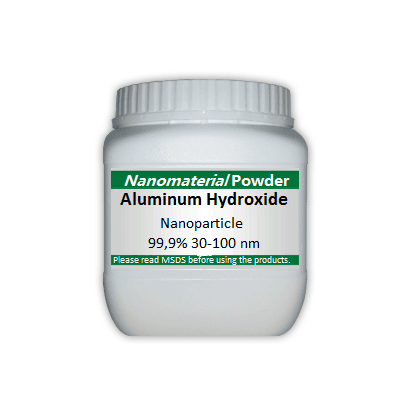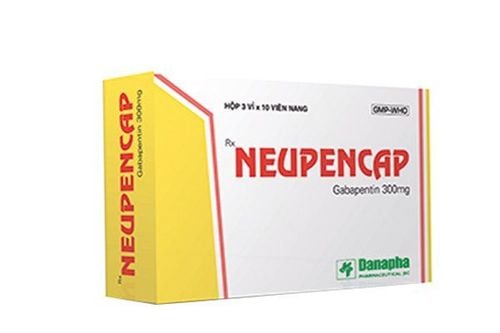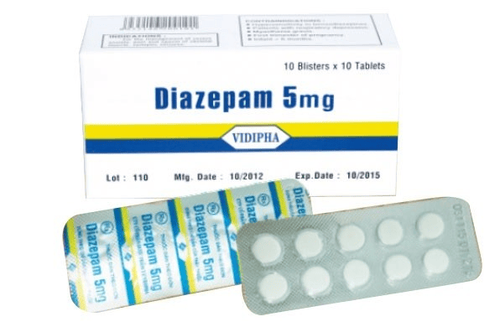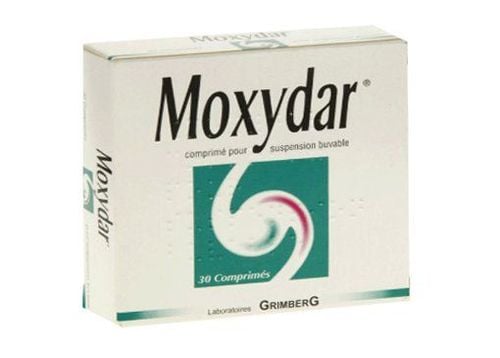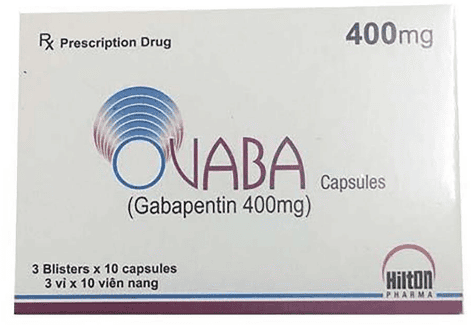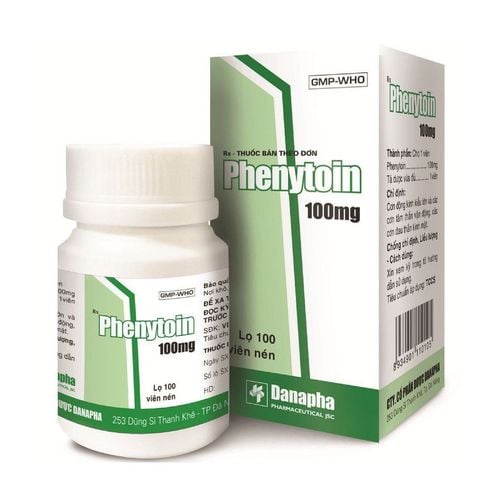This is an automatically translated article.
Gabasol is used to treat epilepsy and neuropathic pain effectively. Gabasol contains Gabapentin as the main ingredient. Useful details about Gabasol will be shared through the article below.
1. What is Gabasol?
Gabasol drug belongs to the group of psychotropic drugs, is made in the form of an oral solution and packed in boxes of 10 ampoules, 20 ampoules, 30 ampoules and 40 ampoules x 6ml.
Gabasol medicine contains the main ingredient is Gabapentin 300mg and other excipients.
2. Indications for the use of Gabasol
Gabasol is used in the following cases:
Treatment of epilepsy:
Gabasol is indicated as monotherapy in the treatment of partial seizures without or with secondary generalization. in adults and children over 12 years of age. The safety and efficacy of gabapentin monotherapy in children under 12 years of age have not been established. Gabapentin is indicated as adjunctive treatment in the treatment of partial seizures without or with secondary generalization in adults and children 3 years of age and older. The safety and efficacy of gabapentin adjuvant therapy in pediatric patients under 3 years of age have not been established. Treatment of neuropathic pain:
Gabasol is indicated for the treatment of neuropathic pain in adults 18 years of age and older. The safety and effectiveness of Gabasol in patients under 18 years of age have not been established.
3. Dosage - How to take Gabasol
Gabasol is used orally.
Dosage of Gabasol reference drug is as follows:
Partial seizures without or with secondary generalization in adults & children > 12 years old: 300mg Gabapentin x 3 times/day, can be increased, max. maximum 3600mg Gabapentin/day, divided into 3 times. The maximum interval between doses of Gabapentin should not exceed 12 hours. As an adjunct in the treatment of partial seizures with or without secondary generalization in children 3-12 years of age: 25-35 mg Gabapentin/kg/day in 3 divided doses. Neuropathic pain in adults > 18 years: 300 mg Gabapentin x 3 times/day, increased as needed to a maximum of 3600 mg Gabapentin/day. Patients with renal failure ClCr < 80mL/min: Adjust dose of Gabapentin.
4. Contraindications to the use of Gabasol
Gabasol should not be used in patients who are sensitive or have a history of allergy to Gabapentin or to any of the excipients in the drug.
5. Gabasol drug interactions
To avoid drug interactions, patients should take Gabasol 2 hours apart with antacids.
6. Side effects when taking Gabasol
During the use of Gabasol, patients may experience some unwanted side effects such as:
Abdominal pain, digestive disorders Back pain, muscle pain, broken bones Fatigue, fever, headache Virus infection , vasodilation, leukopenia, edema, weight gain, memory loss, depression, ataxia, confusion. Dizziness, dysarthria, Insomnia During the use of Gabasol, if the patient experiences other side effects that have not been mentioned above or have not been studied, please consult your doctor or pharmacist for treatment direction. best fit.
7. Precautions when using Gabasol
Here are a few notes when using Gabasol to ensure safety and effectiveness.
If gabapentin dose is reduced or discontinued, it should be done gradually for at least 1 week in epileptic indications. Gabasol is not recommended for pregnant and lactating women, drivers and machine operators. If the patient forgets a dose of Gabapentin, take it as soon as possible. However, if it is almost time for your next dose of Gabapentin, skip the missed dose of Gabapentin and take your next dose at the scheduled time. Note that a double dose of Gabapentin should not be taken. In case of an emergency and life-threatening overdose, the patient should go to the nearest local health station. In addition, the patient should record and bring a list of all medications taken, including prescription and non-prescription drugs.
Please dial HOTLINE for more information or register for an appointment HERE. Download MyVinmec app to make appointments faster and to manage your bookings easily.




